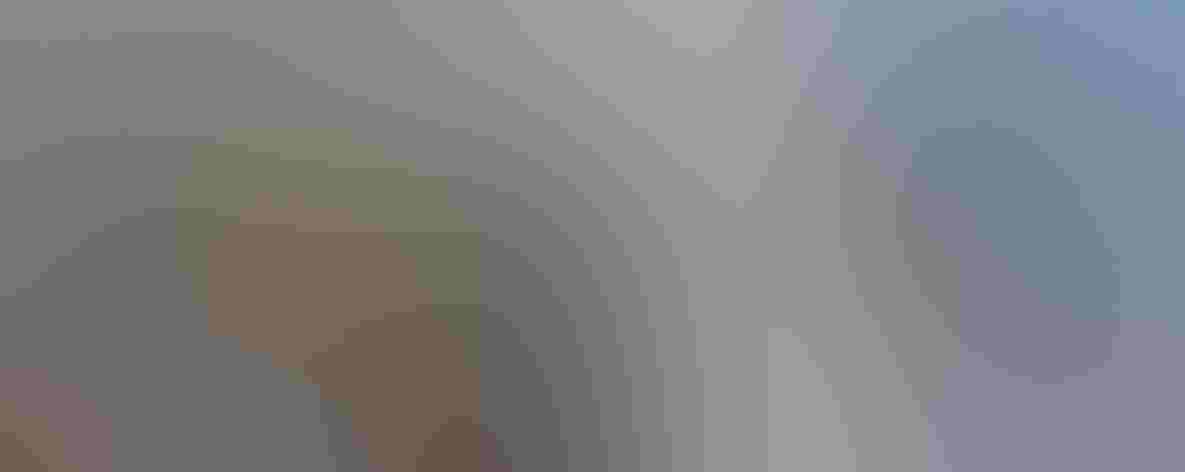Brown Booby
At a Glance
Tropical seas around the world are home to this large, long-winged, strong-flying seabird. In North America it is seen most often near the Dry Tortugas, Florida, where it perches in trees or on navigational markers. It may have nested on the Florida Keys in the past, but the only United States nesting sites today are in Hawaii.
All bird guide text and rangemaps adapted from Lives of North American Birds by Kenn Kaufman© 1996, used by permission of Houghton Mifflin Harcourt Publishing Company. All rights reserved.
Category
Boobies and Gannets, Gull-like Birds
IUCN Status
Least Concern
Habitat
Coasts and Shorelines, Open Ocean
Region
California, Florida, Southeast, Southwest, Texas
Behavior
Flap/Glide, Soaring, Swimming
Population
500.000
Range & Identification
Migration & Range Maps
Present year-round in most parts of range, with only local wandering at sea. Birds from western Mexico sometimes stray north into interior of American southwest (especially Salton Sea, Colorado River).
Description
30" (76 cm). Typical booby shape with heavy pointed bill, pointed tail, long wings. Adults solid brown with sharply contrasting white belly, yellow bill. Immatures have brown mottling on belly, and youngest may be evenly brown all over.
Size
About the size of a Heron, About the size of a Mallard or Herring Gull
Color
Brown, Gray, White, Yellow
Wing Shape
Long, Narrow, Pointed, Swept, Tapered
Tail Shape
Pointed, Wedge-shaped
Songs and Calls
Usually silent, but gives a variety of quacking, grunting, and screeching calls on the breeding grounds.
Call Pattern
Flat, Undulating
Call Type
Croak/Quack, Raucous, Whistle
Habitat
Tropical oceans. Widespread at sea, including very far from land, over warm waters in tropics and subtropics. Also often found close to shore, especially around islands, sometimes foraging in very shallow or muddy waters. Nests on rocky or sandy islands.
Sign up for Audubon's newsletter to learn more about birds like the Brown Booby
Behavior
Eggs
1-2, rarely 3. Whitish to pale blue-green, becoming nest-stained brown. Incubation is by both sexes, 40-47 days.
Young
Both parents feed young, by regurgitation. When 2 eggs laid, 2nd young to hatch rarely survives. Period from hatching to first flight varies, depending on food supply, 84-119 days. Juvenile returns to nest site and begs to be fed for many weeks after first flight, often 20 weeks or more.
Feeding Behavior
Forages mostly by plunging headfirst into water from flight, usually diving at angle and from fairly low above surface. Sometimes hovers before diving, dives from perch, swoops low to take items from surface, or seizes items while swimming. May pursue flying fish in the air. Also steals food from other birds.
Diet
Mostly fish. In North American waters, diet includes flying fish and mullet, also squid and shrimp.
Nesting
Probably first breeds at age of 4 years, and may mate for life. Courtship displays by members of pair include bill-touching, bowing, throwing head back with bill pointing skyward. Nests in large or small colonies, sometimes isolated pairs, on tropical or subtropical islands. Nest: Site is on ground or cliff. Nest is shallow depression, sometimes sparsely lined, sometimes with large mound of twigs, grass, and debris, built by both sexes.
Conservation
Conservation Status
Vulnerable to disturbance on islands where it breeds, but survival probably ensured by wide range and large number of nesting sites.










